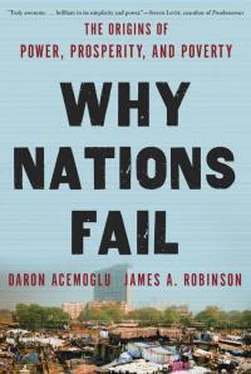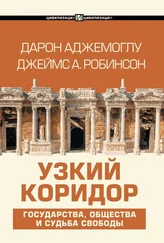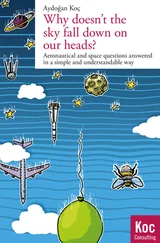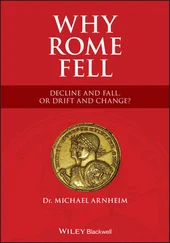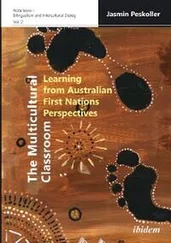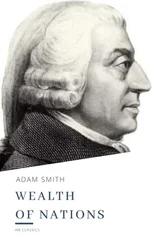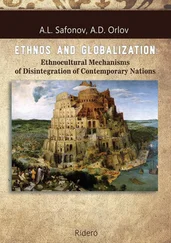THE ALL-TOO-USUAL INSTITUTION
In Southeast Asia the spread of European naval and commercial power in the early modern period curtailed a promising period of economic expansion and institutional change. In the same period as the Dutch East India Company was expanding, a very different sort of trade was intensifying in Africa: the slave trade.
In the United States, southern slavery was often referred to as the “peculiar institution.” But historically, as the great classical scholar Moses Finlay pointed out, slavery was anything but peculiar, it was present in almost every society. It was, as we saw earlier, endemic in Ancient Rome and in Africa, long a source of slaves for Europe, though not the only one.
In the Roman period slaves came from Slavic peoples around the Black Sea, from the Middle East, and also from Northern Europe. But by 1400, Europeans had stopped enslaving each other. Africa, however, as we saw in chapter 6, did not undergo the transition from slavery to serfdom as did medieval Europe. Before the early modern period, there was a vibrant slave trade in East Africa, and large numbers of slaves were transported across the Sahara to the Arabian Peninsula. Moreover, the large medieval West African states of Mali, Ghana, and Songhai made heavy use of slaves in the government, the army, and agriculture, adopting organizational models from the Muslim North African states with whom they traded.
It was the development of the sugar plantation colonies of the Caribbean beginning in the early seventeenth century that led to a dramatic escalation of the international slave trade and to an unprecedented increase in the importance of slavery within Africa itself. In the sixteenth century, probably about 300,000 slaves were traded in the Atlantic. They came mostly from Central Africa, with heavy involvement of Kongo and the Portuguese based farther south in Luanda, now the capital of Angola. During this time, the trans-Saharan slave trade was still larger, with probably about 550,000 Africans moving north as slaves. In the seventeenth century, the situation reversed. About 1,350,000 Africans were sold as slaves in the Atlantic trade, the majority now being shipped to the Americas. The numbers involved in the Saharan trade were relatively unchanged. The eighteenth century saw another dramatic increase, with about 6,000,000 slaves being shipped across the Atlantic and maybe 700,000 across the Sahara. Adding the figures up over periods and parts of Africa, well over 10,000,000 Africans were shipped out of the continent as slaves.
Map 15 (this page) gives some sense of the scale of the slave trade. Using modern country boundaries, it depicts estimates of the cumulative extent of slavery between 1400 and 1900 as a percent of population in 1400. Darker colors show more intense slavery. For example, in Angola, Benin, Ghana, and Togo, total cumulative slave exports amounted to more than the entire population of the country in 1400.
The sudden appearance of Europeans all around the coast of Western and Central Africa eager to buy slaves could not but have a transformative impact on African societies. Most slaves who were shipped to the Americas were war captives subsequently transported to the coast. The increase in warfare was fueled by huge imports of guns and ammunition, which the Europeans exchanged for slaves. By 1730 about 180,000 guns were being imported every year just along the West African coast, and between 1750 and the early nineteenth century, the British alone sold between 283,000 and 394,000 guns a year. Between 1750 and 1807, the British sold an extraordinary 22,000 tons of gunpowder, making an average of about 384,000 kilograms annually, along with 91,000 kilograms of lead per year. Farther to the south, the trade was just as vigorous. On the Loango coast, north of the Kingdom of Kongo, Europeans sold about 50,000 guns a year.
All this warfare and conflict not only caused major loss of life and human suffering but also put in motion a particular path of institutional development in Africa. Before the early modern era, African societies were less centralized politically than those of Eurasia. Most polities were small scale, with tribal chiefs and perhaps kings controlling land and resources. Many, as we showed with Somalia, had no structure of hierarchical political authority at all. The slave trade initiated two adverse political processes. First, many polities initially became more absolutist, organized around a single objective: to enslave and sell others to European slavers. Second, as a consequence but, paradoxically, in opposition to the first process, warring and slaving ultimately destroyed whatever order and legitimate state authority existed in sub-Saharan Africa. Apart from warfare, slaves were also kidnapped and captured by small-scale raiding. The law also became a tool of enslavement. No matter what crime you committed, the penalty was slavery. The English merchant Francis Moore observed the consequences of this along the Senegambia coast of West Africa in the 1730s:
Since this slave trade has been us’d, all punishments are changed into slavery; there being an advantage on such condemnations, they strain for crimes very hard, in order to get the benefit of selling the criminal. Not only murder, theft and adultery, are punished by selling the criminal for slave, but every trifling case is punished in the same manner.
Institutions, even religious ones, became perverted by the desire to capture and sell slaves. One example is the famous oracle at Arochukwa, in eastern Nigeria. The oracle was widely believed to speak for a prominent deity in the region respected by the major local ethnic groups, the Ijaw, the Ibibio, and the Igbo. The oracle was approached to settle disputes and adjudicate on disagreements. Plaintiffs who traveled to Arochukwa to face the oracle had to descend from the town into a gorge of the Cross River, where the oracle was housed in a tall cave, the front of which was lined with human skulls. The priests of the oracle, in league with the Aro slavers and merchants, would dispense the decision of the oracle. Often this involved people being “swallowed” by the oracle, which actually meant that once they had passed through the cave, they were led away down the Cross River and to the waiting ships of the Europeans. This process in which all laws and customs were distorted and broken to capture slaves and more slaves had devastating effects on political centralization, though in some places it did lead to the rise of powerful states whose main raison d’être was raiding and slaving. The Kingdom of Kongo itself was probably the first African state to experience a metamorphosis into a slaving state, until it was destroyed by civil war. Other slaving states arose most prominently in West Africa and included Oyo in Nigeria, Dahomey in Benin, and subsequently Asante in Ghana.
The expansion of the state of Oyo in the middle of the seventeenth century, for example, is directly related to the increase of slave exports on the coast. The state’s power was the result of a military revolution that involved the import of horses from the north and the formation of a powerful cavalry that could decimate opposing armies. As Oyo expanded south toward the coast, it crushed the intervening polities and sold many of their inhabitants for slaves. In the period between 1690 and 1740, Oyo established its monopoly in the interior of what came to be known as the Slave Coast. It is estimated that 80 to 90 percent of the slaves sold on the coast were the result of these conquests. A similar dramatic connection between warfare and slave supply came farther west in the eighteenth century, on the Gold Coast, the area that is now Ghana. After 1700 the state of Asante expanded from the interior, in much the same way as Oyo had previously. During the first half of the eighteenth century, this expansion triggered the so-called Akan Wars, as Asante defeated one independent state after another. The last, Gyaman, was conquered in 1747. The preponderance of the 375,000 slaves exported from the Gold Coast between 1700 and 1750 were captives taken in these wars.
Читать дальше
